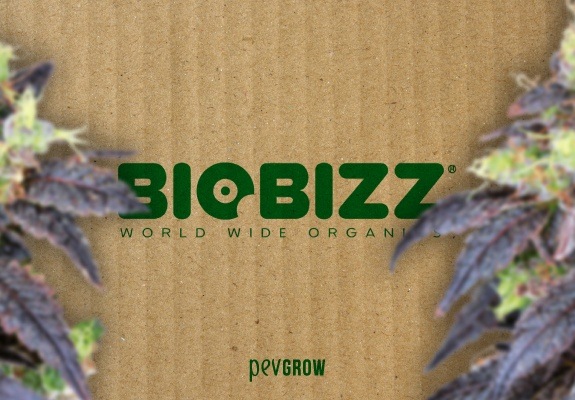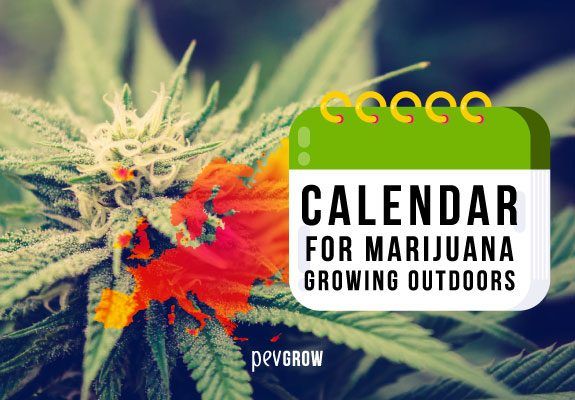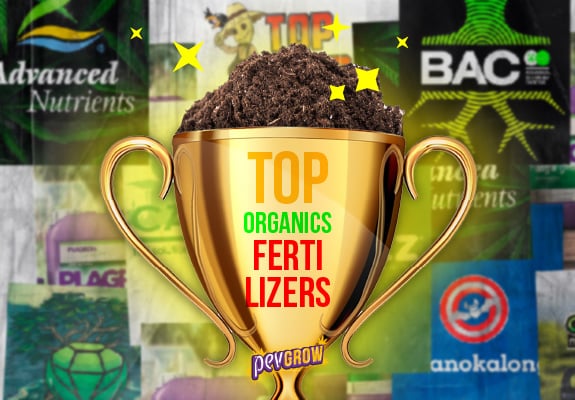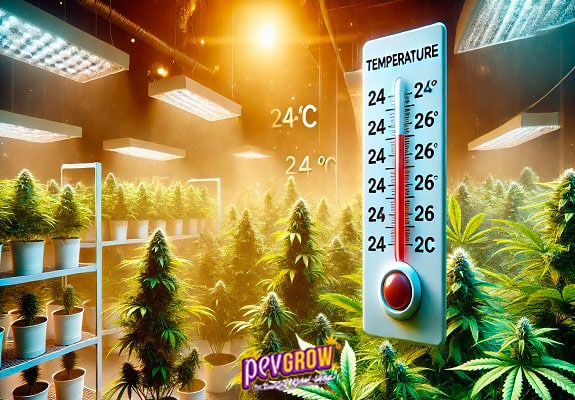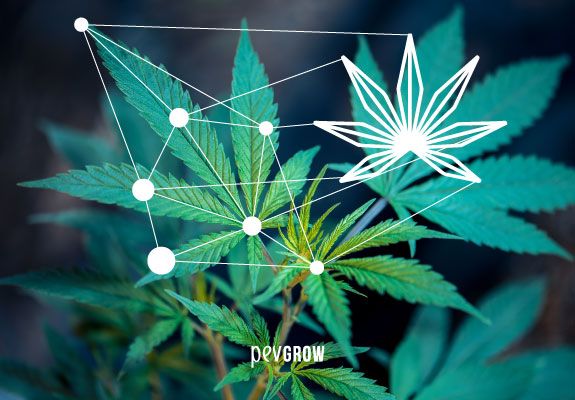

05-06-2020 12:00:39 - Updated: 5 June, 2020
The weed leaf has become a symbol representing a whole cultural movement since the 1960s. Few things have created more controversy since then, on the one hand the supporters of prohibition, defenders of the interests of the pharmaceutical companies, and on the other hand us, cannabis activists who fight for their total liberation.
But the leaves of the cannabis plant are much more than that, and that’s why your trusted Growshop thought it was a good idea to write this article, reviewing its importance as a plant organ, its uses in different areas, parts, variations, etc. Interesting, isn’t it? Keep reading because you will be interested to know this…
⭐ What is the main function of cannabis leaves?
The leaves fulfill the mission of solar panels for the plants, that is, thanks to the surface of the leaf they can absorb the light they need to carry out the photosynthesis. This happens with all vascular plants, it is their way of transforming light into the energy they need to feed themselves.
Another important function they have is transpiring, which serves to manage the level of humidity inside the plant, as well as absorbing carbon dioxide and producing oxygen. Thanks to this we can say that plants and trees are the lungs that provide us with the oxygen we need, purify the air and regulate the gases.
But we can use the leaves of the marijuana for more things, for example to know the state of health of the plants. When they are healthy they show a uniform green color (except for purple marijuana varieties or other non-green colors), but when they have deficiencies or excesses of nutrients they usually show discolorations, spots, burns or malformations.
⛳ Weed leaf parts
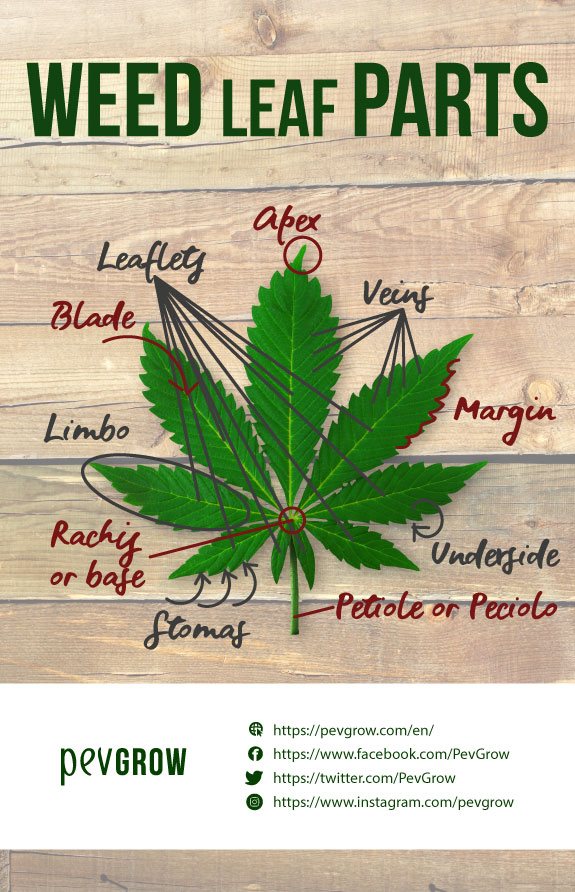
- Petiole or Peciolo: It is like the stem of the leaf, with which it joins the trunk. There are varieties that have very short petioles, so much so that they are barely seen, and it seems that the leaves come out of the main trunk, and there are others that develop it a lot.
- Rachis or base: It is like the central axis of the plant, where the petiole ends and the formation of the leaflets begins.
- Leaflets: Imagine that the leaf is a hand, because the leaflets are the fingers, each of the separate parts into which a leaf is divided.
- Veins: These are the lines that can be seen on the surface of the leaves. This is the vascular system of these, and is divided between major vein or midrib, which is the main line that separates a leaflet, and minor or secondary veins that are those that come out of each major vein.
- Limbo: It is the surface of each leaflet itself, it is divided into sections that are delimited by the nerves.
- Blade: This is the part of the leaf that we see, the adaxial or upper side of the limbs, usually thicker and darker than the opposite side.
- Underside: The inner side of the limb, or underside of the leaves, thinner and lighter than the beam, and the place where the stomas are located.
- Stomas: These are microscopic holes or openings on the underside of the leaves that are responsible for gas exchange.
- Margin: This is the edge of the leaf, which in the case of cannabis is usually serrated, with pronounced tips.
- Apex: It is the tip of the leaf, the opposite part of the rachis, although in the foliated leaves such as cannabis ones, it is possible to say that they contain an apex in the tip of each leaflet.
🎬 Cannabis Leaf Types
As you may have already noticed, there are many different kinds of leaves on our favorite weed plants, right? This is because over the years, the different varieties have been acclimatizing to their environment, mutating their structure to adapt as best as possible to the conditions of their surroundings. The leaves are larger or smaller, wider or narrower, thinner or thicker depending on the amount and intensity of light, the percentage of average relative humidity, temperature, amount of oxygen and other environmental factors in each habitat.
Indica leaf
They are the largest, thickest and darkest cannabis leaves, an indica leaflet can be larger than a whole sativa or ruderalis leaf. However, they usually contain fewer leaflets than sativas, usually about 9 maximum. We’ve seen Indica leaves bigger than the steering wheel of a car, if you don’t believe me take a look at the Deep Chunk strain, a pure Afghani indica with giant leaves, and it’s not the only one.
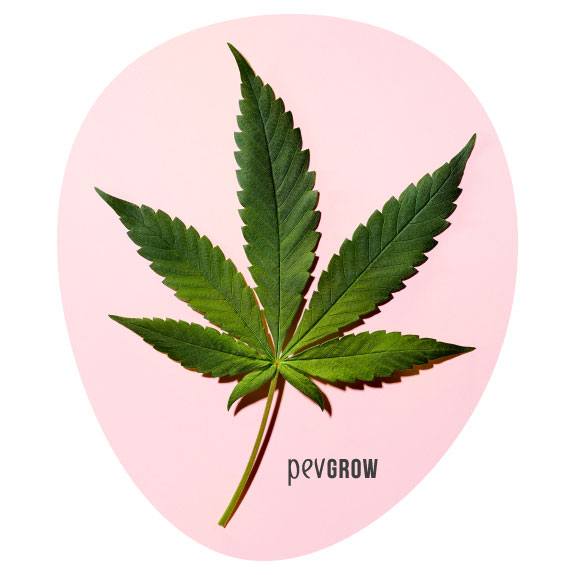
Sativa leaf
The leaves of cannabis sativa plants can have up to 13 leaflets or more, but they are very narrow compared to those of the Indica varieties, especially those of equatorial sativas. The color is also lighter in general, and its thickness is lower, but we must also take into account that these plants produce a greater amount of leaves in general, so they can compensate for the lack of surface of these.
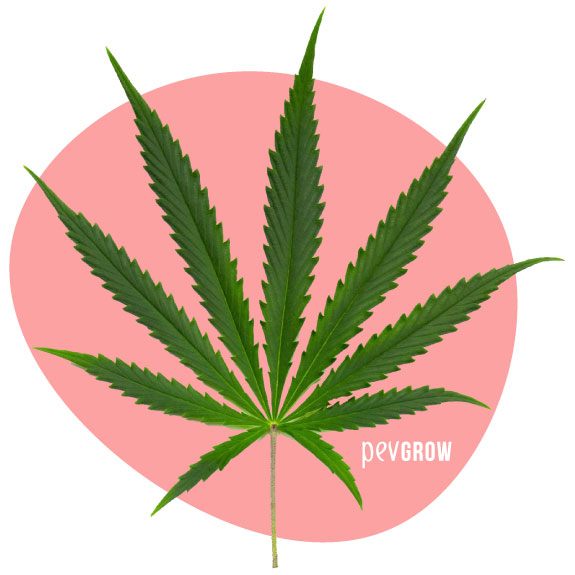
Ruderalis leaf
They are the smallest in general, as is the whole plant, which is also usually smaller than the other subspecies. Their leaflets are usually 5 or 7 and are more similar to those of sativa leaves, both in spread and size.
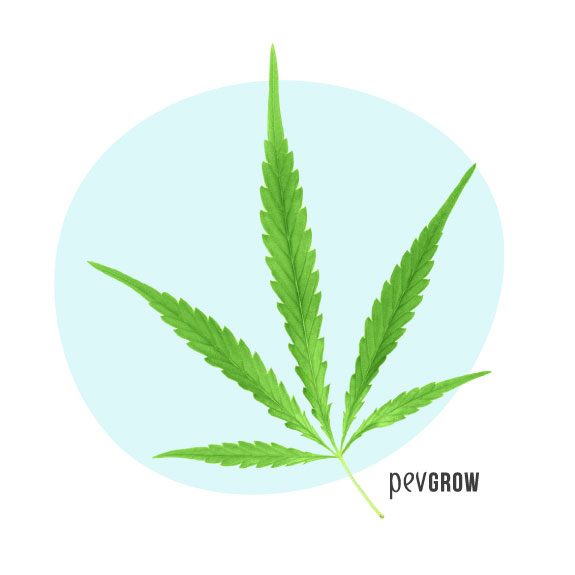
Green, purple, red and even black leaves
This plant is so wonderful that even visually it can be beautiful, with a palette of colors ranging from lime green almost yellow, like those of the Mexican Landrace “Verde Limón”, to black Afghanis or Uzbekas, the red of the Panamanian or Colombian and even the purple of the Pakistani Chitral Kush.
There are plants that can have the calyxes of the flowers in dark colors and the leaves in light colours, and the other way around too, although this is not very common. Pigmentation also has to do with the environmental conditions many times, especially the cold or the thermal difference between day and night. We can even find mutations that interfere with both the color and the morphology of the leaf.
✨ Weed Leaf Mutations
- Albinism: As with other plants or animals, cannabis can also be albino, and is expressed in the same way with the leaves, which are white. It is a genetic malformation, or a capricious combination of nature, where the plant lacks pigmentation and does not produce chlorophyll, hence its white appearance.
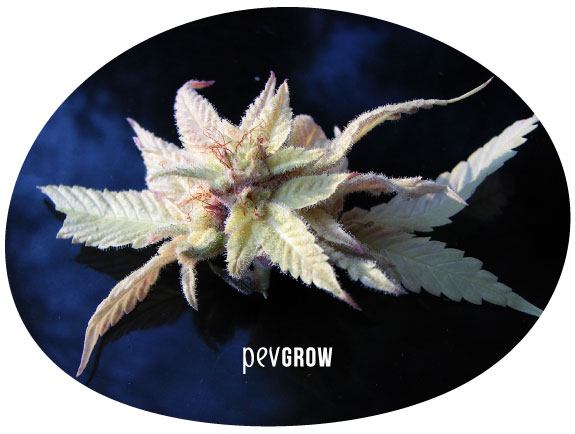
- Variegation: This mutation also has to do with the lack of pigmentation, but it’s even rarer. In this case you can find a leaf with half white and half green, something very showy and striking, and not as bad as albinism, since the plant can still make part of the photosynthesis.
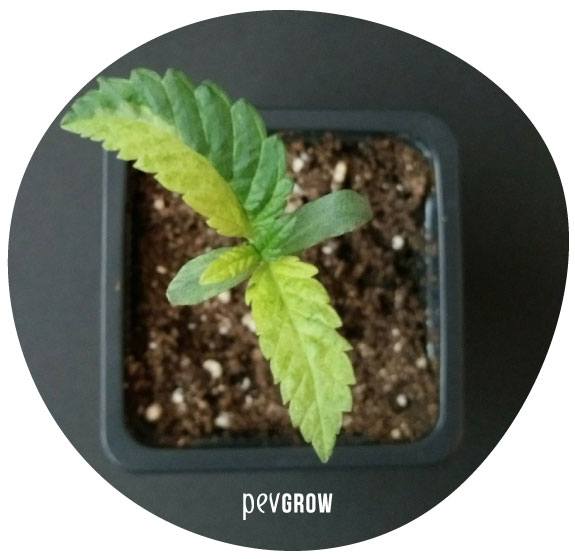
- Verticilated phyllotaxis: This usually happens with triploid or polyploid plants, which instead of producing 2 branches per node produce 3 or 4, which can be very productive, but unfortunately are always sterile and cannot reproduce. They are also usually trifolics and trichotilledonics, that is, they are born with 3 cotyledons and instead of generating pairs of leaves they generate groups of 3.
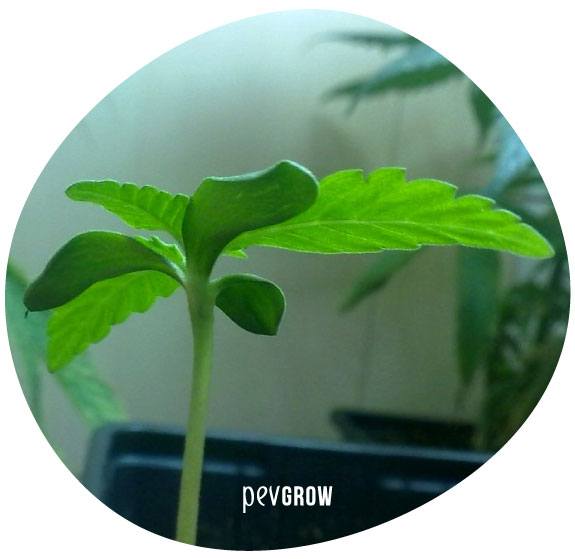
- Duck leg: It is a type of deformation that occurs in a few varieties. It supposedly began in a landrace in Australia, although in Hawaii they have also been found for many years, and the breeder Wally Duck stabilized it in a variety known by that name, Duck Foot. From it came the Frisian Dew from Dutch Passion and a few other hybrids.
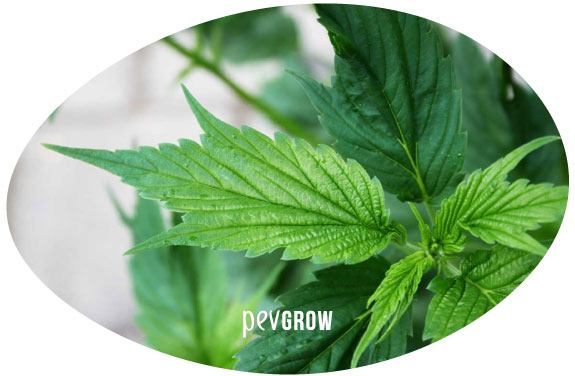
- Flowers on the leaves: You can imagine what this is because of its name, because that’s what it’s all about, flowers that appear on the rachis of the leaves instead of on the buds. This mutation or malformation is more common than the previous ones, but it is also quite curious.
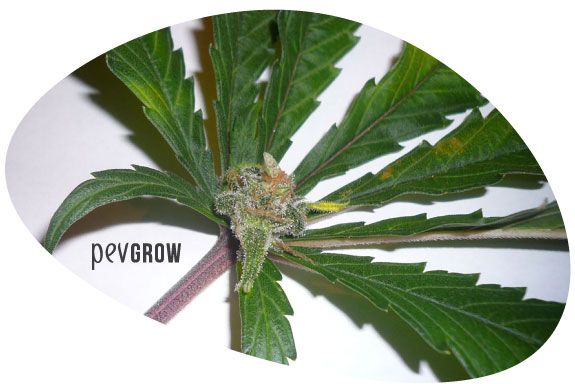
- Rounded leaf: This only happens in a variety known as “Australian Bastard Cannabis” and is a rare mutation that makes the plant not look like a regular cannabis plant until it flowers. Its leaves are very rare, instead of being pointed they are rounded and not serrated. Currently there are breeders who are crossing it with modern hybrids, because although it lacks high psychoactivity, it is very resistant to cold.
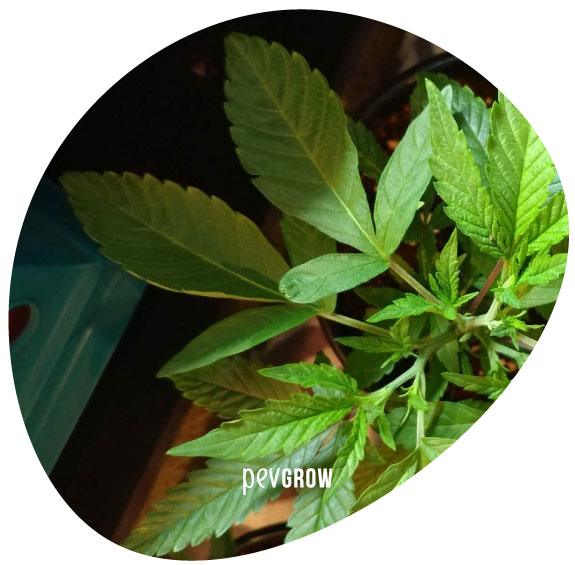
- Revegetation: During the revegetation phase, that is, the period during which the plant changes from the flowering cycle to the vegetative cycle, it usually produces leaves with only one leaflet, and almost no sawing. This is corrected after a few weeks, and can also happen during cutting.
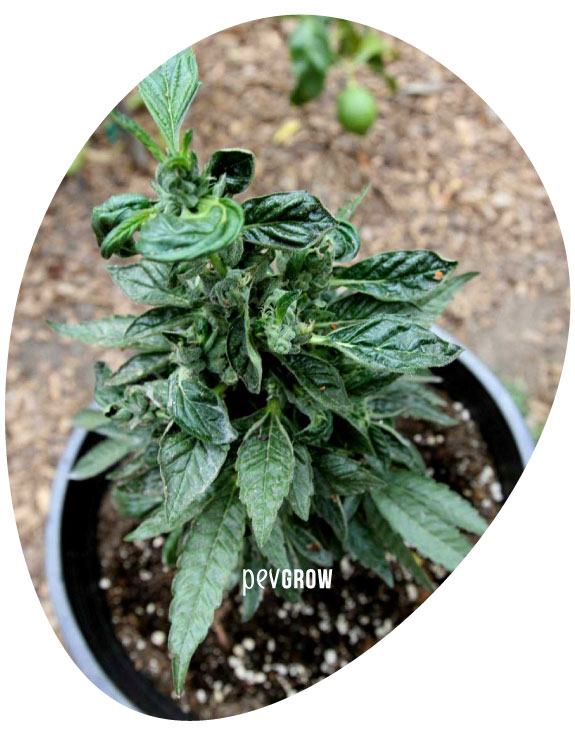
👌 What can we do with weed leaves?
There are many different uses for it, personally I like to make Bubble hash with the resinous leaves that come out of the buds, and compost with the large leaves that do not contain resin. But there are people who prefer to use them for cooking cannabis recipes, making CBD creams or CBD cosmetics, or even rolling Blunt style joints.
Can you smoke weed leaves right away?
Yes, you can also smoke them as if they were buds, but only those containing resin, because the others will not give you a good high. On the other hand, the resinous ones are almost like the flowers, but they have the disadvantage of the taste, which loses a lot because of the chlorophyll contained in the leaves.
☕ Cannabis leaf as an icon
It is the symbol that represents a whole activist anti-prohibitionist movement of resistance. In some countries you can’t even wear a T-shirt or a cap that looks like a cannabis leaf, it can be considered drug advocacy. But fortunately more and more states are regulating the use of this sacred plant.
📖 Conclusion
The leaves of cannabis plants can be of many types, have various functions and we can give it many different uses. Did you like this post? If so we would like you to share it, we thank you in advance.

